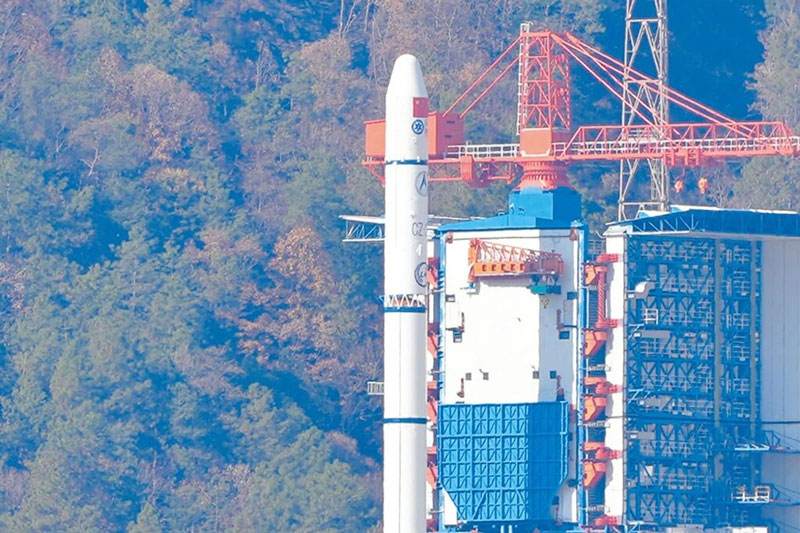China has completed a five-month rescue of a pair of experimental satellites – both of them entered lunar orbit


In March of this year, China experienced a rare failure for the country’s space programs – for the first time in more than 10 years, the engine of the third (boost) stage of the Long March 2C rocket failed. The rocket was supposed to send two experimental navigation satellites to the Moon – DRO-A and DRO-B. Both of them were in the wrong place at the wrong time, but the mission team tried to fly them to the mission site using their own engines. And it worked.


The Long March 2C rocket before launch. Image source: Xinhua
The DRO-A and DRO-B satellites were supposed to enter a distant retrograde orbit (DRO), as reflected in their name. This is a stable orbit around the Moon with an altitude of up to several tens of thousands of kilometers, the maintenance of which requires little fuel. Both devices, together with the DRO-L satellite previously launched into low Earth orbit, were supposed to ensure the deployment of an experimental laser navigation system in the space between the Earth and the Moon, as well as beyond the Moon.
The Moon has its own timing, which leaves an imprint on the operation of navigation instruments and platforms in general. In the USA, for example, they are developing their own time zone for the Moon and its environs. The Chinese satellite navigation complex, apparently, takes terrestrial GPS platforms as a starting point with appropriate adjustments.
When it became clear that the DRO-A and DRO-B satellites did not reach the specified trajectory, the engine activation modes for their independent travel to the Moon were calculated. The Odyssey lasted approximately five months, which required a significant expenditure of propulsion system resources. This will probably significantly reduce the time of the mission, but it was not a failure, and this is worth a lot. By the way, NASA found itself in a similar situation last year when it spent five months rescuing the CAPSTONE cubesat and, ultimately, was also able to launch the device into its target orbit near the Moon.
Recent Posts
Artificial intelligence has been installed on the ISS – it will help astronauts with advice
Meta✴ and Booz Allen have announced the joint development of the Space Llama artificial intelligence…
Artificial intelligence has been installed on the ISS – it will help astronauts with advice
Meta✴ and Booz Allen have announced the joint development of the Space Llama artificial intelligence…
Europeans successfully test new rocket engine for Ariane 6 and Vega launch vehicles
Although it has only been four years since the qualification tests of the current P120C…
Figment Portable Console Combines Books and AI-Powered Story Generation
An independent developer has unveiled Figment, an experimental handheld console with a 7.5-inch E Ink…
Europeans successfully test new rocket engine for Ariane 6 and Vega launch vehicles
Although it has only been four years since the qualification tests of the current P120C…
Figment Portable Console Combines Books and AI-Powered Story Generation
An independent developer has unveiled Figment, an experimental handheld console with a 7.5-inch E Ink…